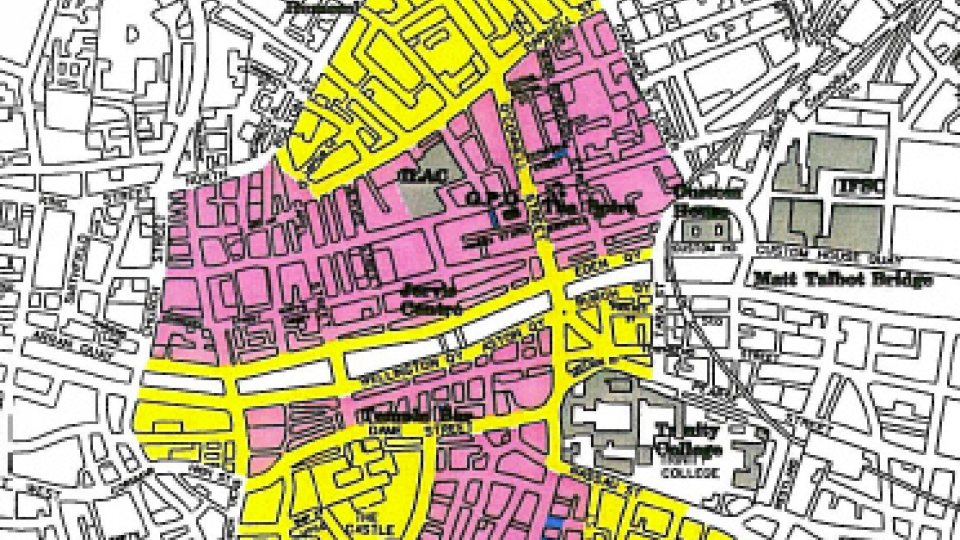Support 30 km/h Campaign
Introduction
On 31st January 2010 Dublin City introduced new byelaws which extended the number of streets in the city with a 30 km/h speed limit to the inner core of the city. This small sensible change has been received a hysterical reaction from the motoring lobby and certain city councillors. As there are no genuine arguements against the 30 km/h zone Dublin Cycling Campaign are opposing calls to remove it.
With your help we can make Dublin an attractive city for all.
How to help?
- Email, ring or text your local councillors explaining that this is a better city with the 30km/h limit. Tell them in your own words. The contact details of all councillors are on http://short.ie/nxeuhj and there are further facts, figures and sample letters on www.dublincycling.ie/30.
- Join the Facebook page called We love the 30 kmh zone in Dublin City centre - let’s keep it!
- Explain to your friends why it makes sense. Forward them this Support 30 km/h Flyer (Download a .pdf copy and post it in your building or office)
- Join the Dublin Cycling Campaign
Information
- Support 30 kph Blog of articles and posts on this topic
- Support 30 kph Flyer
- 30 km/h Myth-Busting Fact Sheet
- Open Letter form Civil Society Groups to Dublin City Councillors
- Map and details of accidents within 30 km/h Zone 1998-2009
- 2010-01-30 Dublin Cycling Campaign Press Release welcoming the introduction of the 30 km/h zone
- 2010-02-15 COSAIN - The Case for Walkable Communities
- 2010-02-03 COSAIN - Response to unbalanced Pat Kenny Show on 28/1/10
Map of 30 km/h Zone
References
- Ashton & Mackay, 1979 published the research into probability of death in pedestrian-car front impact collisions. Referenced at http://www.ecf.com/files/2/12/16/070228_Vulnerable_road_users_NL.pdf
- Government policy is expressed in the Smarter Travel Policy, and in the National Cycling Policy Framework: smartertravel.ie
- Grundy et al. (2009) published in the British Medical Journal [Vol. 339, 1-6] shows that in the period 1986-2006 those areas in London which introduced 20 mph (~33 km/h) speed limits saw a 40% approx. reduction in RTC casualties.
- BBC News: 11/12/209: 20mph speed zones cut road injuries by 40%, study says
- The Swedish National Road Administration (Vagverket) released its data a few years ago and this revealed that at 50 km/h a saloon car impacting with a cyclist or pedestrian will likely result in a 80% fatality rate whereas at 30 km/h this reduces to approx. 10%.
- Copenhagen: http://www.copenhagenize.com/2010/0⅓0-kmh-zones-work.html
- Barcelona will have 215 kilometres of “Zones 30” by the end of the year
- Amsterdam: Maximum 30 km/h in the City
- 20’s [mph] Plenty for Us: http://www.20splentyforus.org.uk/20s_plenty_by_2010.htm
- UK Slower Speeds Initiative: www.slower-speeds.org.uk/
- UK Campaign for Better Transport: How to Slow Down Local Traffic
- UK Living Streets: 20 mph Policy Briefing Note
- UK Walking Works: http://www.walkingworks.org.uk/
- Article on Graz’s City Centre 30 kph Zone
Sunday, 31 January 2010 (All day)
Help us do more for cycling in Dublin by becoming a member!

